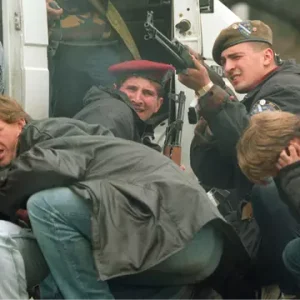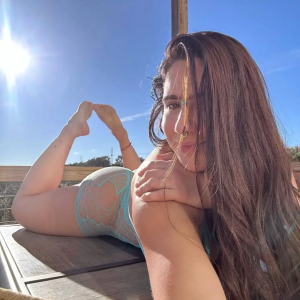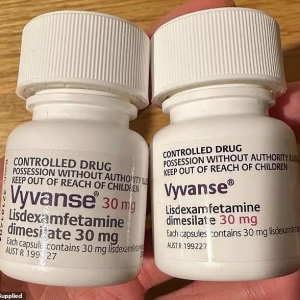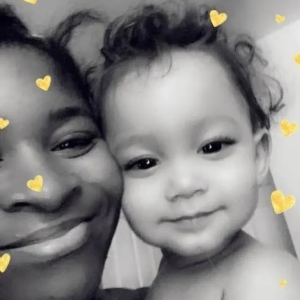Some stories break your heart before you even reach the end. Ten-year-old Sara Sharif was one of those children who slipped through the cracks—seen, yet somehow unseen—until it was too late. Today, her story stands as a painful reminder of what happens when warnings go unanswered.
Sara lived in a home where fear was louder than laughter. Her father, Urfan Sharif, had a long history of violence, but professionals believed he could offer a “safe and loving home.” So she was placed in his care. And almost immediately, things began to change.
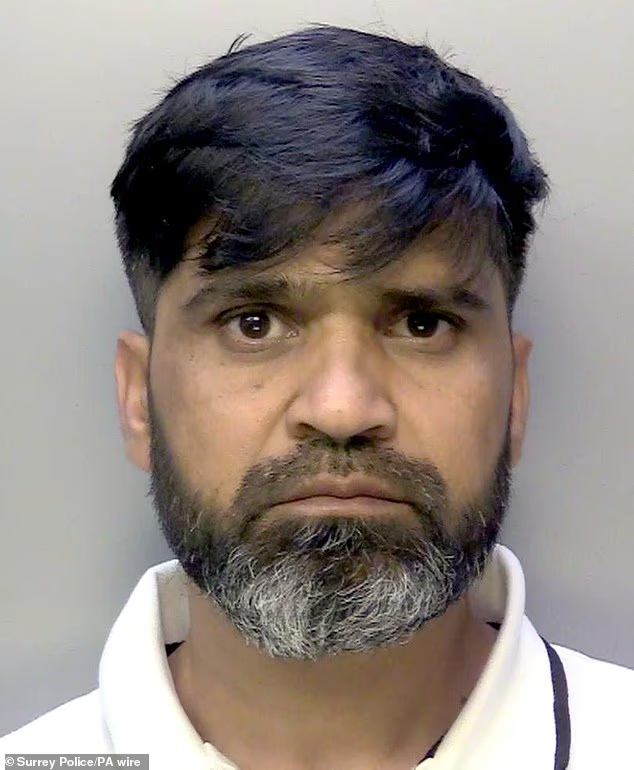
Her bright smile faded. She started wearing a hijab, though no one in her family ever had. When teachers spotted bruises, Sara pulled the fabric tighter. When neighbors heard screams, they hesitated, afraid of “offending” someone. And as agencies passed reports from one desk to another, the signs that should have saved her were lost in the shuffle.
The violence that followed was described in court as “the worst crime” a judge had ever seen. More than 100 injuries. Weeks of suffering. A little girl hidden away under the label of “home schooling,” unseen by the very people meant to protect her.
A review later found a chain of missed chances—moments when just one brave question, one thorough visit, one shared piece of information might have changed everything. “Different actions could, and should, have been taken,” the report said.
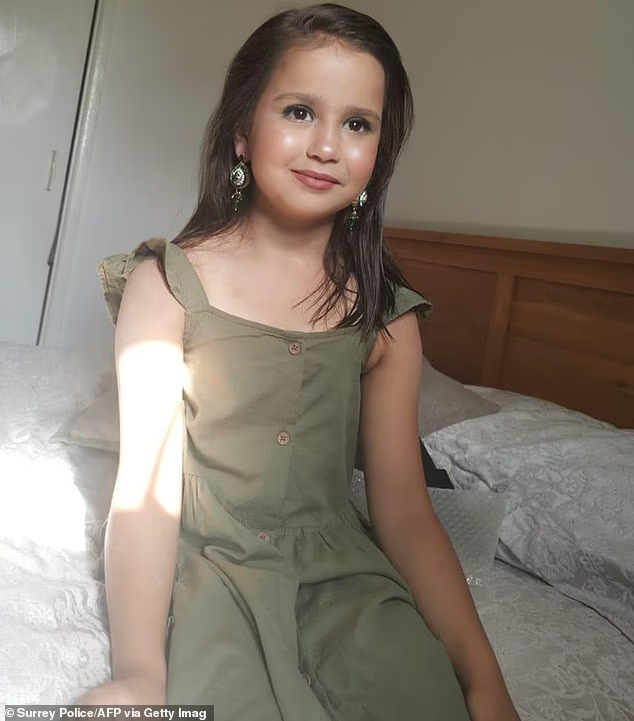
In the end, the blame rests squarely on the adults who harmed her. But Sara’s legacy, the review hopes, will be a stronger system—one that teaches professionals to “think the unthinkable” before it’s too late.
Because every child deserves to be seen. And every child deserves to be safe.
